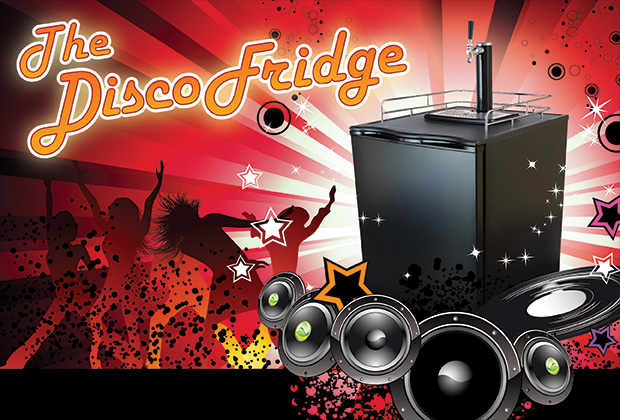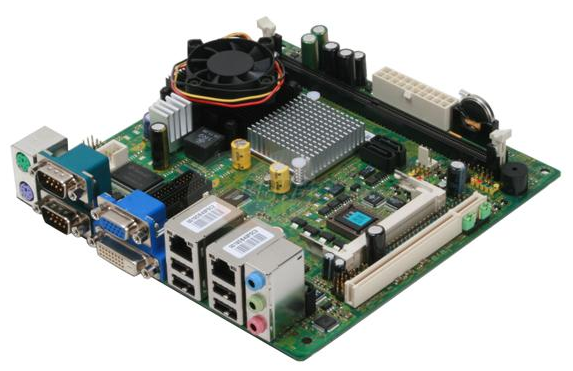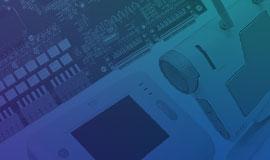By Nuvation | Nov 15, 2013
Until now we’ve been referring to this little kegerator project as, well, “The Kegerator Project.” This week, in a stroke of genius, Senior Design Engineer Ken Wells thought of a new name. While discussing plans for the LED lighting and the music playing jukebox feature, we realized the kegerator could take on a similar feel to DiscoFish, our autonomous-driving Burning Man art-car. Our kegerator was immediately renamed “DISCOFRIDGE”.
The Motherboard
Over the past two weeks, we’ve been piecing together the items we will use for DiscoFridge. As we mentioned in the last post, we need an x86 processor due to our RFID/NFC card reader requiring proprietary drivers that are only available for x86 systems. In our search for an inexpensive mainboard that would meet all our requirements, we stumbled upon this bad boy:
Believe it or not, this MSI MS-9802-010 Mini-ITX motherboard was hangin’ out, unused, in our lab. At $0 it landed solidly within our budget range. Yesss. Powered by a VIA C7 processor, it is capable of idling at less than 1W and peaking at only 20W This is be perfect for our low power requirements. The VIA processor is based on the x86 architecture and testing with our card reader shows it works perfectly.
Operating System
We chose Ubuntu 12.04LTS server for our Operating System. We are using 12.04 instead of something newer, like 13.10, mostly due to the extended support (which is guaranteed until April 2017). The bleeding-edge features offered by 13.10 are unnecessary for DiscoFridge. Ubuntu is well-supported and lightweight enough to run smoothly on the MSI board.
We decided that the installation will sit on a USB drive. The MSI board supports booting off of USB, which gives the advantage of easily upgrading our OS by simply plugging in an updated USB drive and starting up. We can also mount the USB drive in a virtualization environment like VMWare Player and easily update/configure our system from any workstation. This means that we can build the next revision and upgrade while drinking beer with minimal downtime.
In the next post we’ll share how an Arduino microcontroller board fits into our system architecture, and how our display system will work, and we’ll show you some real live pictures of the current state of DiscoFridge. Stay tuned!





